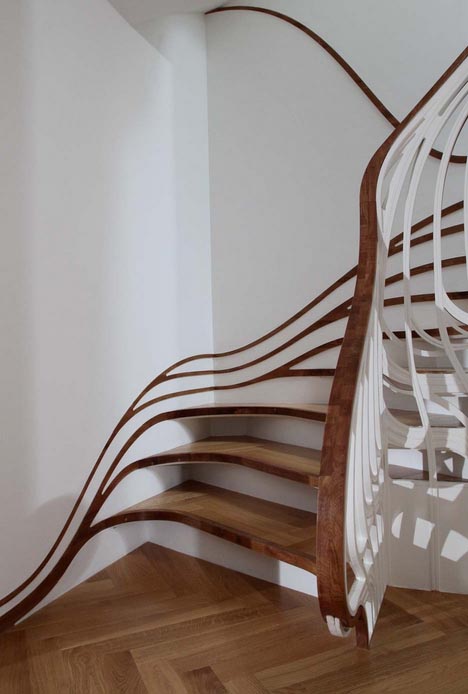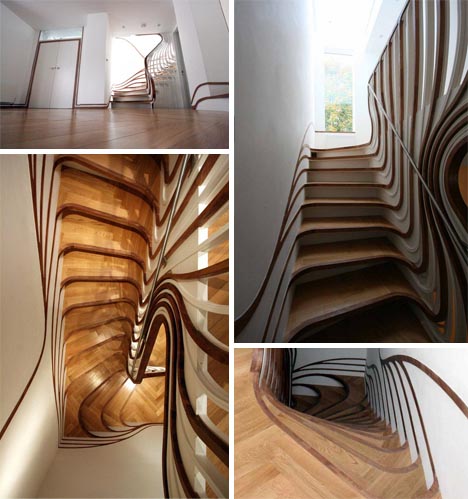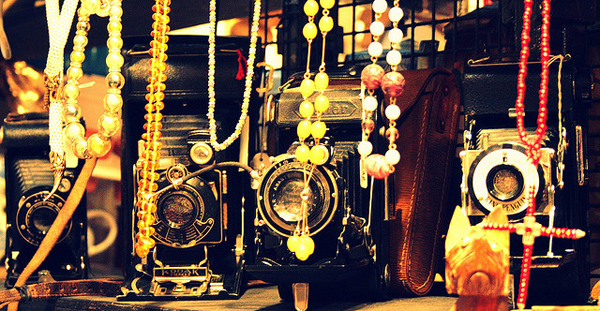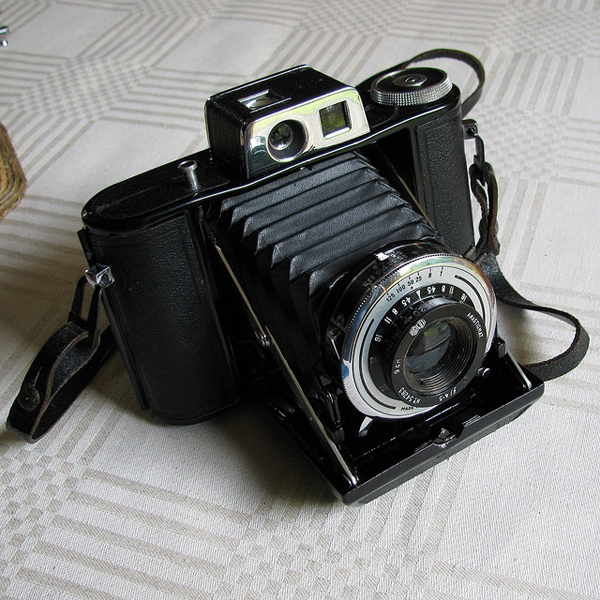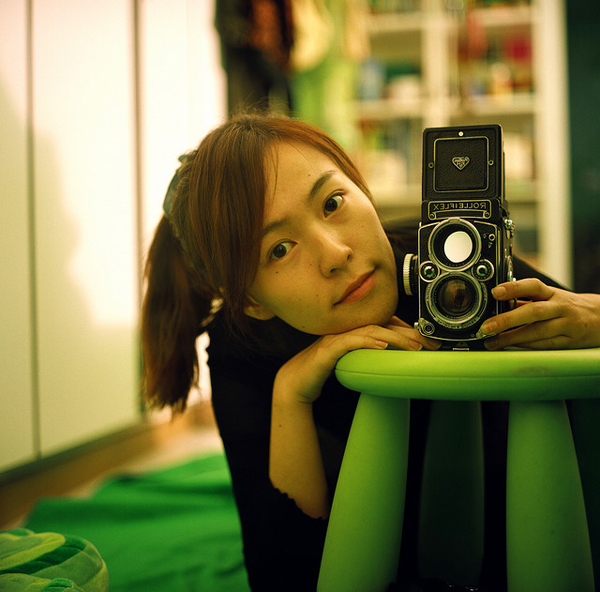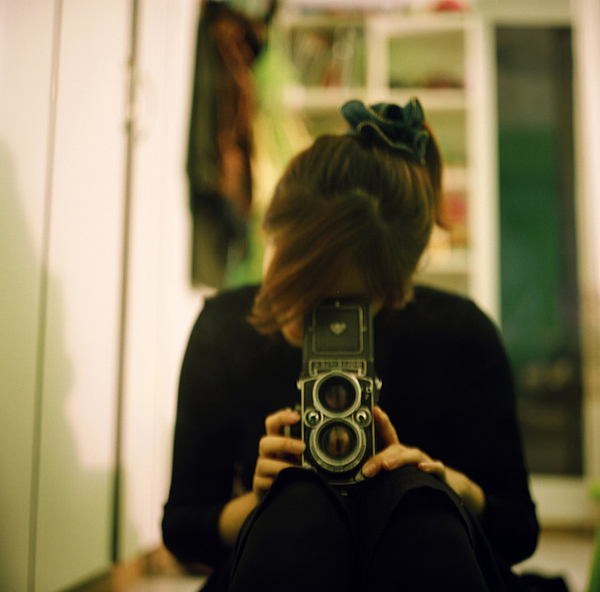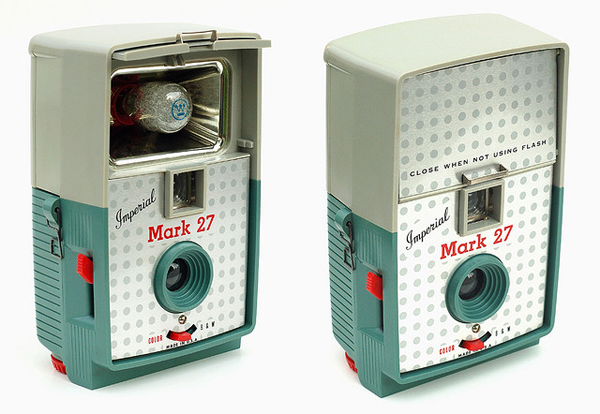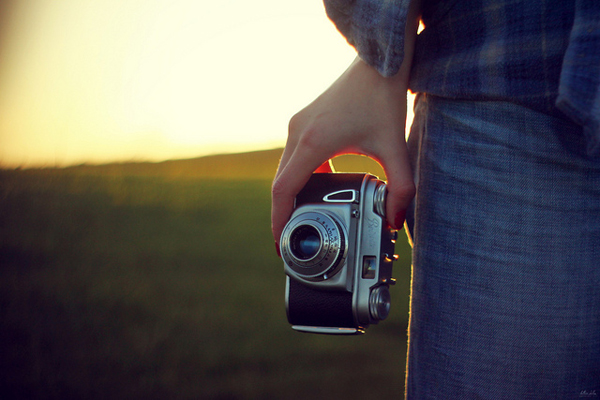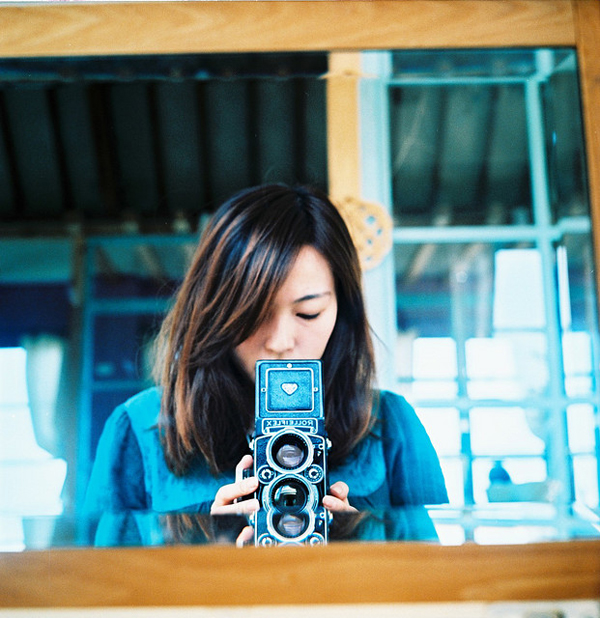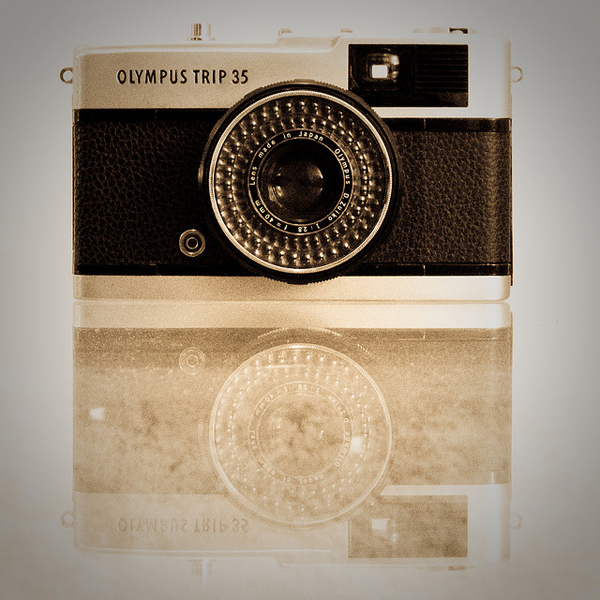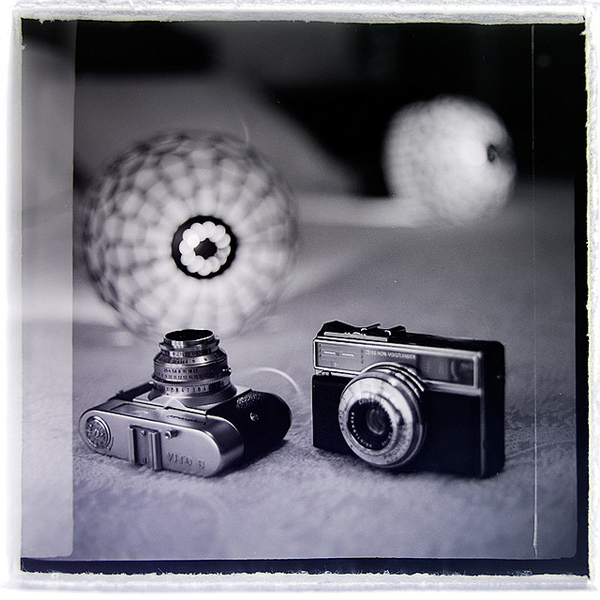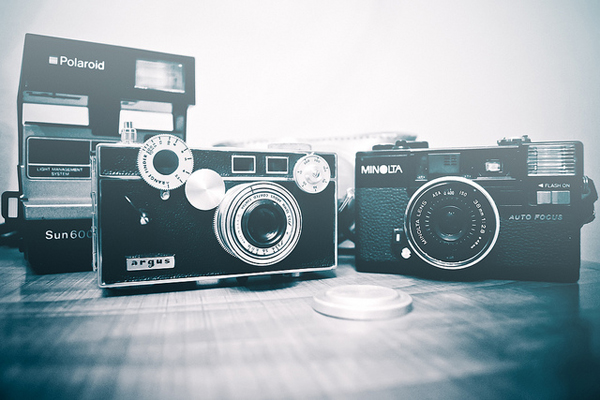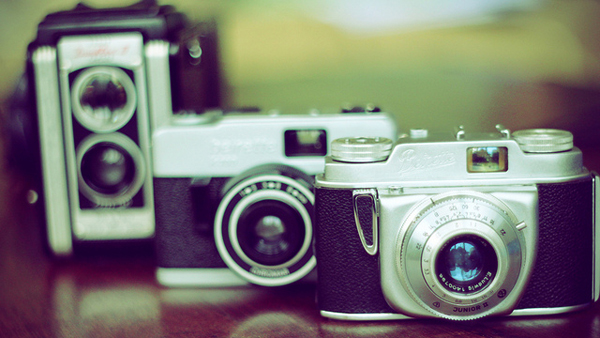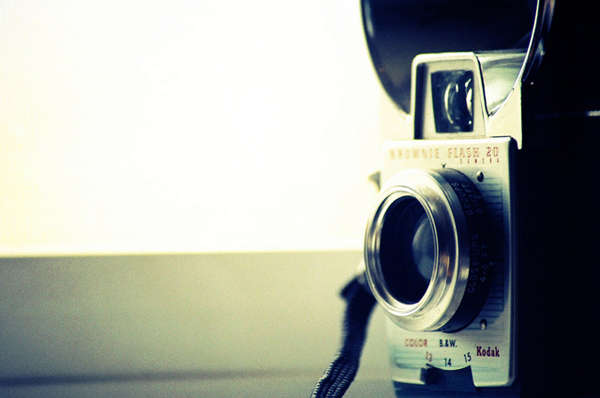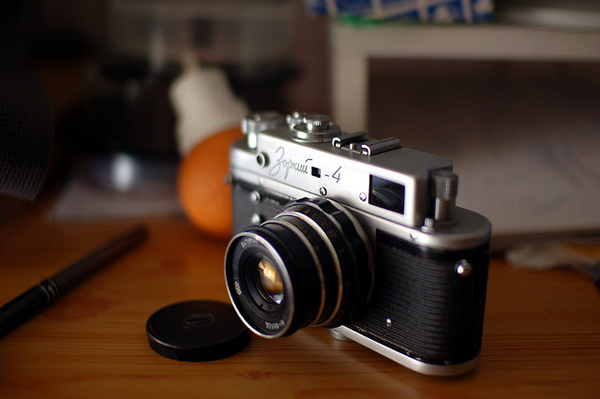
Atlanta-based photographer Rob Brinson has had this loft studio in the King Plow Art Center, a former plow factory from the 1800s, for 23 years now. Today it’s the full-time studio space he always dreamed of when he first became a photographer. He and his wife, Jill Sharp Brinson, stylist, designer and creative director for Ballard Designs, lived there full-time for six years but now use the living spaces as a getaway and a crash-pad for friends and relatives. I’ve always dreamed of living in a loft, and this sneak peek only encourages the dream! Check out the full-sized images here. Thanks Rob and Jill! — Anne
Image above: The most amazing aspect of the studio is that it has over 1,000 panes of glass and has incredible light for my work. It is over 6,500 square feet with sections 25-feet tall with clerestories and was originally the foundry and pattern shop for the factory. Each day, 180 trains go past the studio, but I do not even hear them anymore. It’s located in the Westside District of Atlanta (which is pretty much the place for design, style, dining, etc.). This area was not that way 23 years ago, and I was pretty lonely over there, as I was the sole occupant of the 180,000 square-foot factory for a while, until I convinced a good friend he should risk all of his money on developing it as an art center. Luckily it worked, and we are still good friends. When living there, my young son referred to it as Fort Apache, but now it’s all chichi. The loft is an equal blend of my wife and I with a tilt toward me; my home probably tilts to her talent more. The style is industrial and functional. It’s kind of like a space with a view, as every room has great natural light.
The upstairs loft was originally a private bedroom and living space before I decided to rid it of any walls. No sleeping late here with all of its windows. It has a different feel because of the lower ceilings.

Image above: The conference area with “RL” 60-lb. metal letters (my father’s name and the first two initials of my grandfather, son and I). Jill had my mother’s 1950s chairs reupholstered (she threw out most everything else). A real feel-good space.

Image above: An area I can hang my prints while I work on projects, and a sofa that was a gift to me from Jill. She thinks the dogs are not allowed on it . . .

Image above: The kitchen sinks were $100 on the side of the road — nothing gets by Jill. The quirky antique stool was found in London by Jill, and after arriving home with it, she saw it in a spread in World of Interiors.






